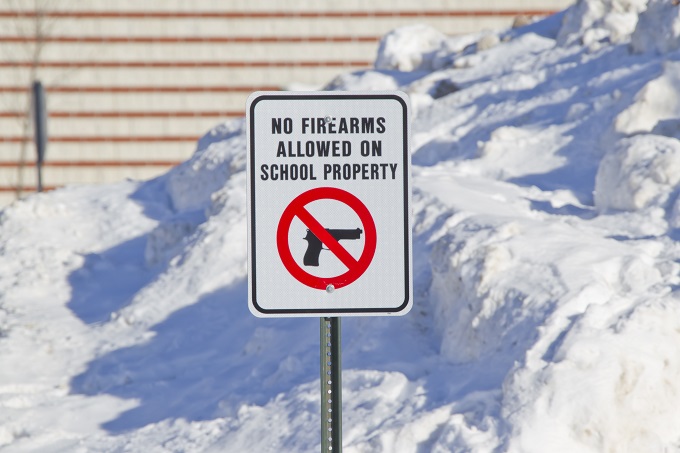
<h2>The Ministry of Education and New Zealand School Trustees Association (NZSTA) have today released guidelines for schools developing a firearms policy.</h2>
<p>&#8220;Earlier this year we released draft guidelines designed to help schools develop their own firearms policy. Over the 6 week public consultation period we received 108 submissions. The feedback came from both organisations and individuals,&#8221; says Katrina Casey, Deputy Secretary Sector Enablement &; Support.</p>
<blockquote>
<p>&#8220;This feedback greatly assisted the Schools’ Health and Safety Sector Reference Group in shaping the final guidelines. As a result of this feedback the guidelines now include considerations around health, student wellbeing, and lead poisoning.</p>
</blockquote>
<p>&#8220;We know there are differing opinions on schools allowing students to participate in activities involving firearms. There has also been considerable public debate on the appropriateness of firearms being bought into schools.</p>
<blockquote>
<p>&#8220;The consultation allowed us to understand more about these opinions and concerns. It has resulted in a comprehensive set of guidelines that will help schools make informed decisions on whether they will allow student involvement with firearms on and off school grounds, and if so what that would look like.&#8221;</p>
</blockquote>
<h2>The guidelines support school boards to:</h2>
<ul>
<li>understand their roles and responsibilities;</li>
<li>ensure they meet their obligations under the Arms Act 1983, Arms Regulations 1992 and Health and Safety at Work Act 2015; and</li>
<li>clarify situations when firearms are permitted in schools and the processes that must be followed.</li>
</ul>
<blockquote>
<p>&#8220;We do not support unsupervised access of firearms in schools, but we do acknowledge that there may be legitimate circumstances where firearms may be part of students’ education and/or sporting activity. These guidelines will help school’s ensure that when these activities occur they remain safe.&#8221;</p>
</blockquote>
<p>The final guidelines have been sent to schools through the school leaders’ bulletin and are available on both the <a href="http://education.govt.nz/ministry-of-education/specific-initiatives/health-and-safety/practice-framework-resources-for-health-and-safety/guidelines-for-schools-to-develop-or-review-a-firearms-policy/" target="_blank" rel="noopener">Ministry</a> and NZSTA’s websites.</p>

EXCLUSIVE: Teachers used to be paid two to three times more than minimum wage workers,…
After an “overwhelming” vote to reject the latest Government offer, secondary school teachers will begin…
Second-language learning should be compulsory, says a new report from a forum bringing together academics,…
A new entitlement aimed to improve access to learning support coordinators for schools with students…
Educators have raised questions about the Ministry of Education’s new secondary school subjects, set to…
Professional learning and development (PLD) for teachers needs to be higher impact for teachers and…
This website uses cookies.